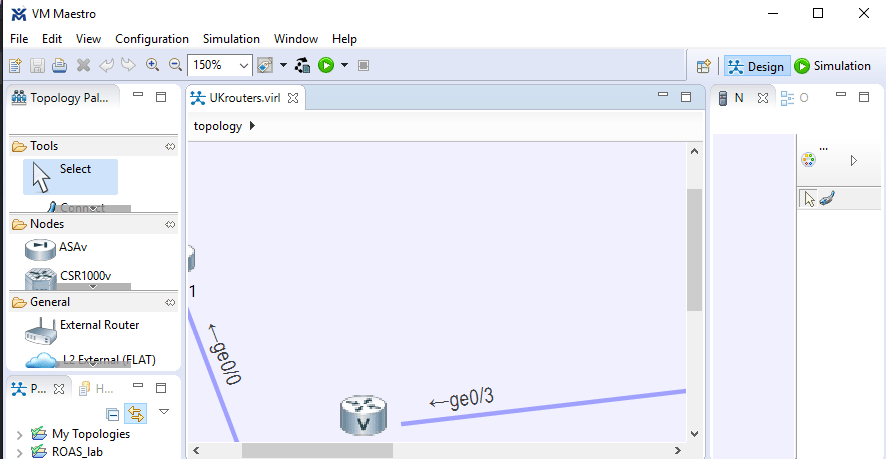
After using Cisco VIRL for a few days now, I wanted to write up a post on my thoughts and maybe even calling it a pseudo Cisco VIRL review of sorts. However, I will keep this post updated as to any new findings. To start out with this will be a high level Cisco VIRL review.
To give everyone a reference point, I am coming from the world of GNS3 and IOU images as well as packet tracer in the early days. So my background with cisco simulators and emulators comes from that landscape.
Cisco VIRL Review
Setup
There is no doubt about it, the setup of VIRL can be a bit intimidating to a normal user, or to someone who is just getting into Networking and doesn’t really have a good bit of experience with server administration or virtualization. The VIRL KBs however are getting better and for the most part, the setup of VIRL in your hypervisor of choice (or bare metal install) should be well documented in the realm of the big players in the market, i.e. VMware. For most users, you will want to start here: https://learningnetwork.cisco.com/s/virl at the Install VIRL link.
This is not some MSI installer that you can quickly run through and hit next a few times and be up and running. There are a number of steps, including downloading a ZIP file, installing your VIRL OVA appliance, setting up your virtual NICs for connectivity along with the IP ranges needed and then configuring VM Maestro which is the front end software that connects to your VIRL server to connect to your backend VM. So needless to say it is not a point and click type install and is very hands on – definitely for people who don’t care to get their hands dirty so to speak.
Interface
The interface in VIRL leaves a little bit to be desired. It feels clunky and cluttered to me as well as a bit non intuitive. There are multiple tabs and tools that can be clicked on you better hope you don’t get your view jumbled up! Thank goodness there is a reset feature for the design view.
They don’t seem to have quite gotten there with the UI, however, I figure over the next few months, some of the weirdness will be worked out. It seems like it has potential. Once you get used to the feel and flow of everything, I find that I can work fairly easily in the interface.
Performance
I am currently running VIRL inside of VMware workstation 12 Pro with a Core i7 box with 32gigs of RAM running Windows 10 as the host. In spinning up 8-10 devices (mix of routers, switches, etc) I can tell the box is breathing fairly heavy to accomplish the work of the devices, especially when the lab is firing up and settling down. Compared to GNS3, VIRL is quite heavier on the resource side of things – definitely requires more resources for the same type of lab setup.
Devices
There is no doubt about it VIRL has some really expensive and IOS versions that most don’t have the ability to get any console time with such as the NX-OS. Another great thing with VIRL is the IOS versions should be updated frequently with the IOSv images that are in the lab.
Some pesky things about VIRL
There is one pesky thing that I hate about VIRL in its current trim – you can’t add connections/uplinks once the lab is up and running. So if you have a 20 node lab that you have taken the time to spin up which may take a while, you have to power everything down, make your connection, and then power back up. This ability in GNS3 to simply plug and unplug connections at will or when you need them is great. Hopefully VIRL will have this ability in the future. If I am missing something here you guys correct me in the comments.
Conclusion
VIRL is Cisco’s official modeling software to allow a real experience of Cisco IOS commands. Pricing is a bit steep for many at $199 for the personal edition, however, if you have academic ties, you can purchase for $79 and there are many other coupons to be found out on the net. I find VIRL to be a powerful tool to go in the toolbelt of a network engineer or someone learning Cisco IOS or networks in general. Without having to purchase physical hardware, one can have a real world experience with networking and Cisco and other devices. It is a maturing product which means it does have a few rough edges to smooth out, but there is no doubt the product will continue to get better. If you are interested in networking or a network professional, VIRL is a worthy purchase to have your hands on official Cisco software and IOS releases. Hopefully you have enjoyed this Cisco VIRL review and more updates will be added as I stumble onto things I like and dislike.


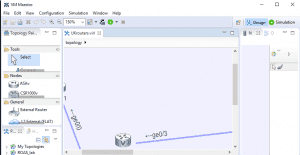



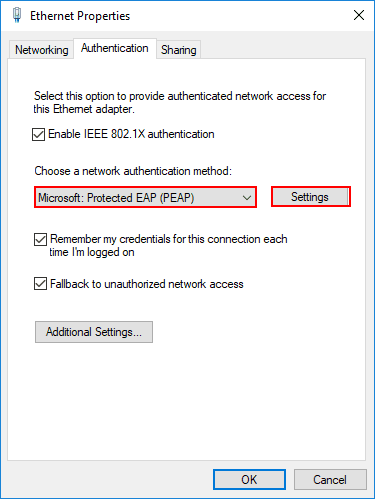
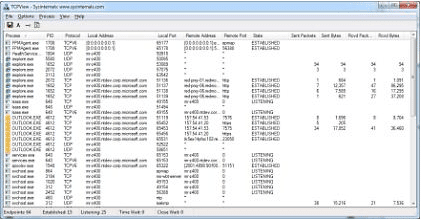
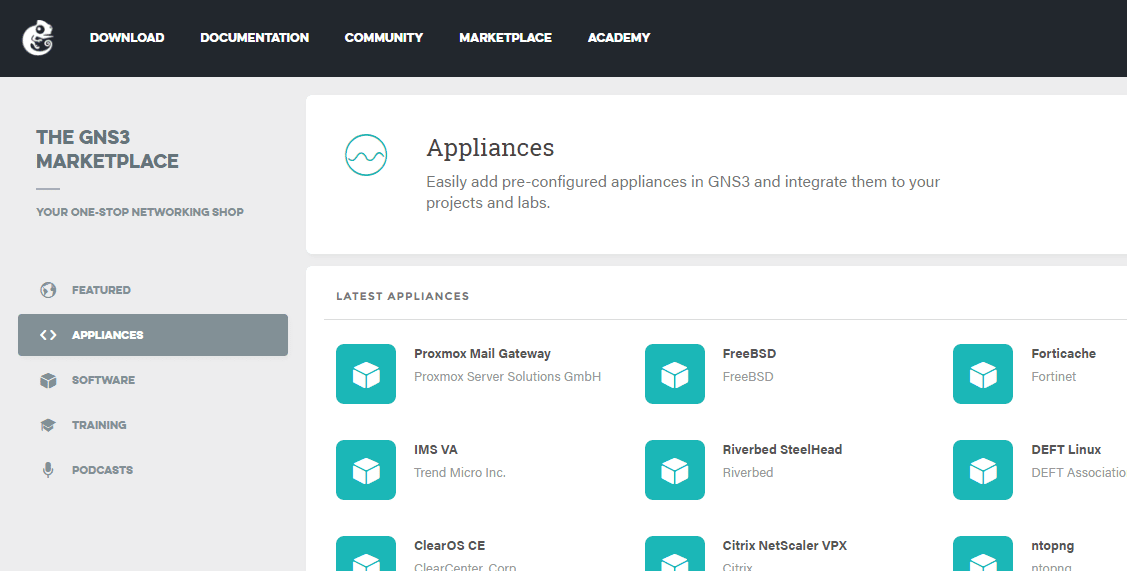
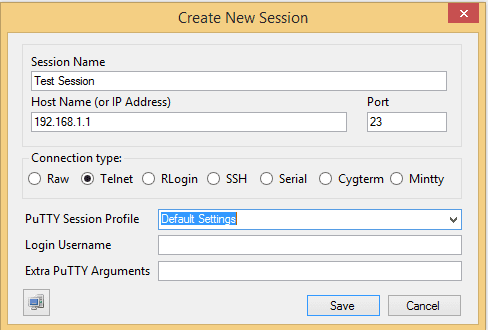

Good concise review. I would only add that my experience with VIRL, or rather its bigger twin CML, makes me vote for removing the word ‘a bit’ when mentioning some inconveniences one may encounter with this software. I really need a virtual lab and not just for learning but for work, to test configs and spent some time trying to make it work. It took me not a couple of days but the whole week to put it all together and start testing. And I can live with one time installation cumbersomeness but not with quite a bit of clumsiness of the software itself. Its not ‘a lit bit’, its quite none-intuitive and you could look for specific menu item or function described in the manual for an hour and still would not see what manual describes. One wrong move and your interface is getting jumbled, some pieces suddenly gone or sitting on top of each other. Reset saves you but its not a nice solution. Im just spending time mostly trying to figure out how to do this or that instead of concentrating on working with topologies. GNS you can just install and go ahead, building staff, most of it you can figure out on the fly as you go. Cause its built logically and intuitively. Not here, no. On top, client crashes occasionally. Like I click on Help menu and it just freezes, cant even kill the process, need to reboot. Similar if you close client and then a little later try to start it again – freeze, reboot. Uploading image – never done, just hanging there. Etc. Frankly, I would hope for a tool that allows me to simplify testing my network typologies and maybe as training help not the one that makes me instead spend long hours learning VMware, Linux, scripts, whatever the heck else before I get to what I really need. So I’ve seen a glorious videos demonstrating cool things you can do on VIRL. Well, its a little different when you need put your hands on it and start doing something in reality. Not cool. So for a meantime its still GNS, however problematic it may be to import into it anything more than couple available basic iOS. But for more next stop for me would be Unetlab, heard good things aobut it. Will keep my fingers crossed. VIRL – forget it, pain in the neck.